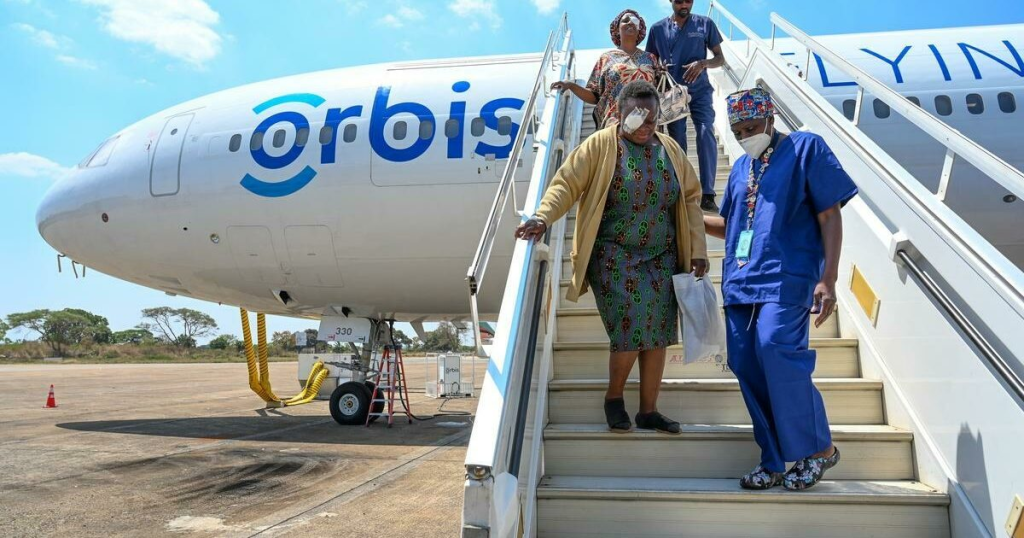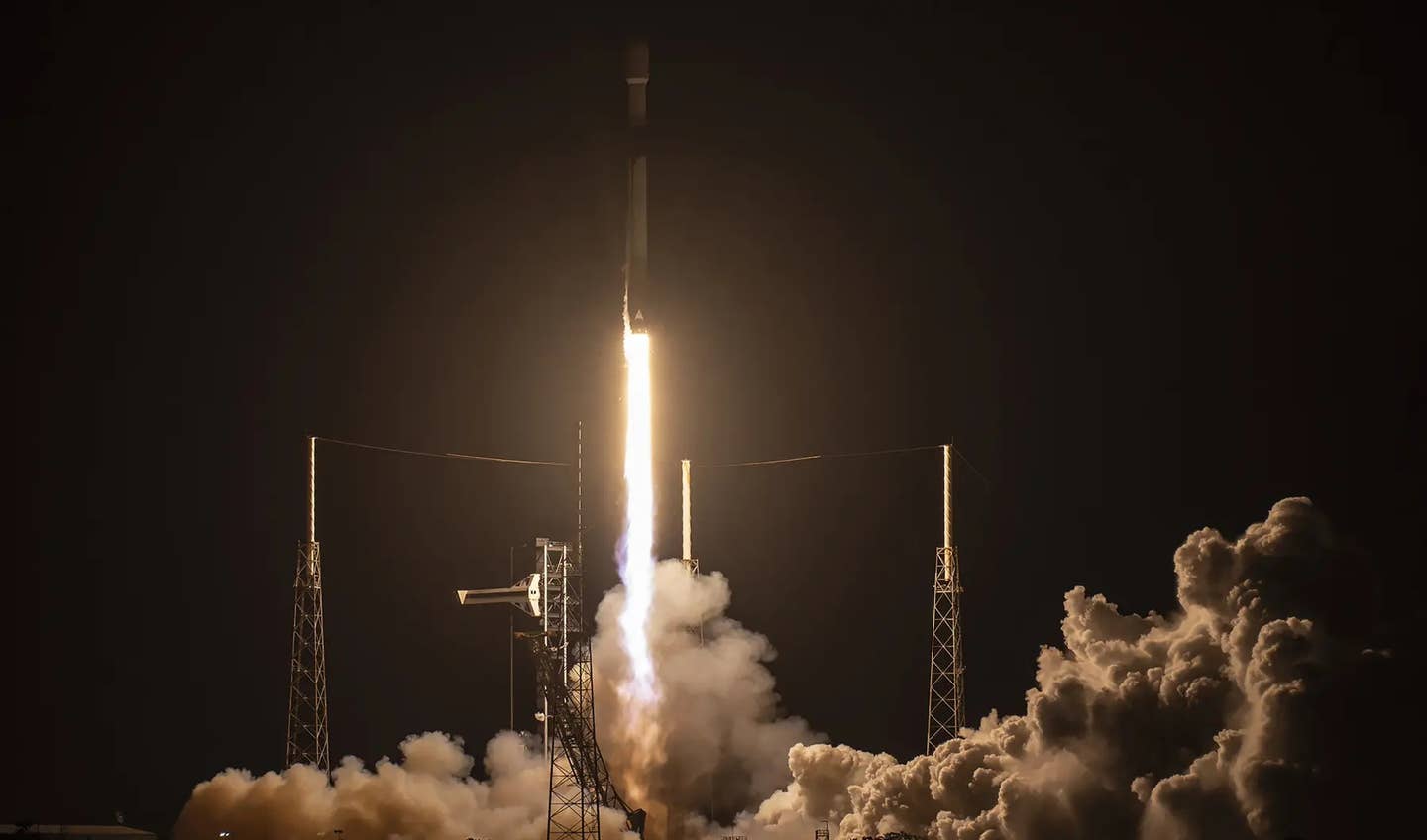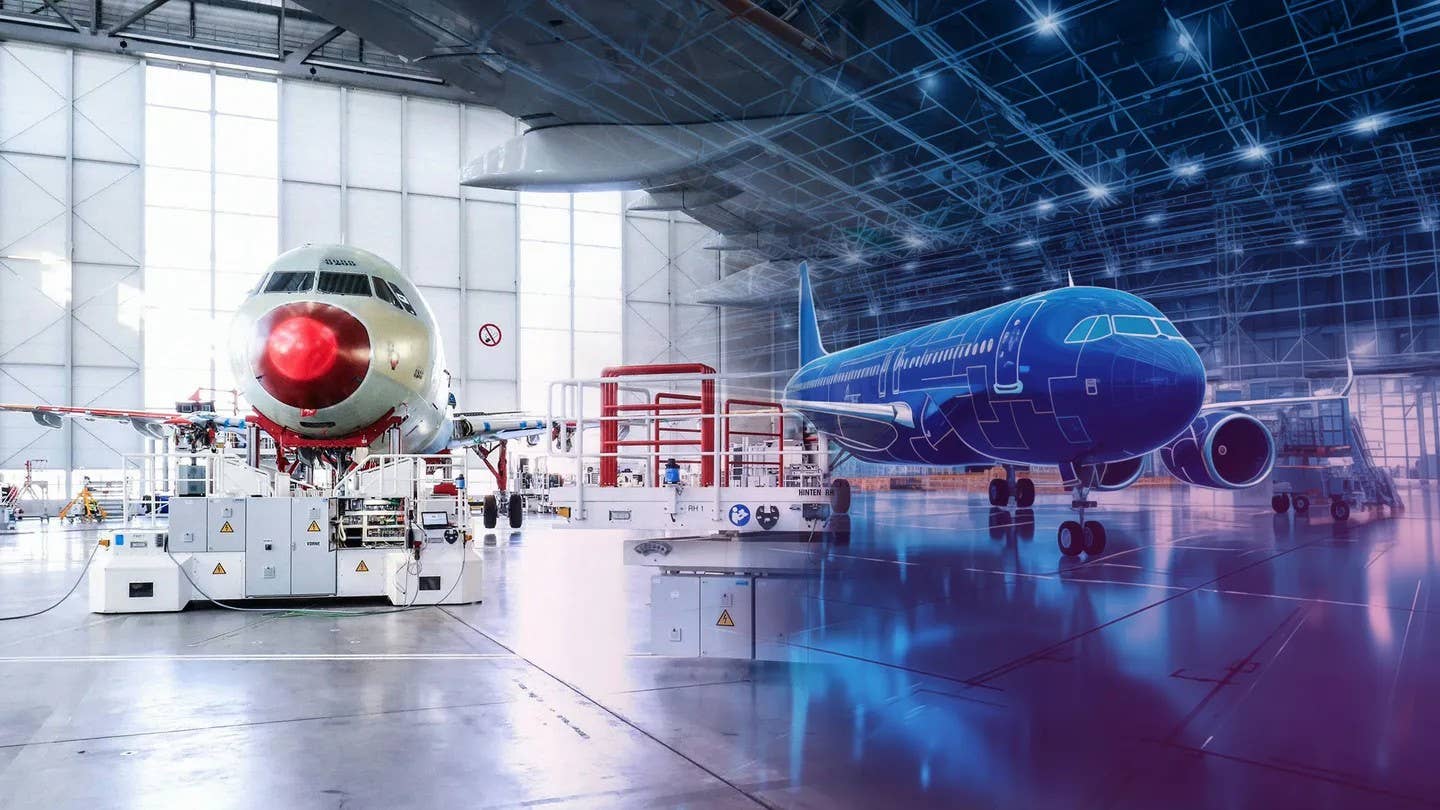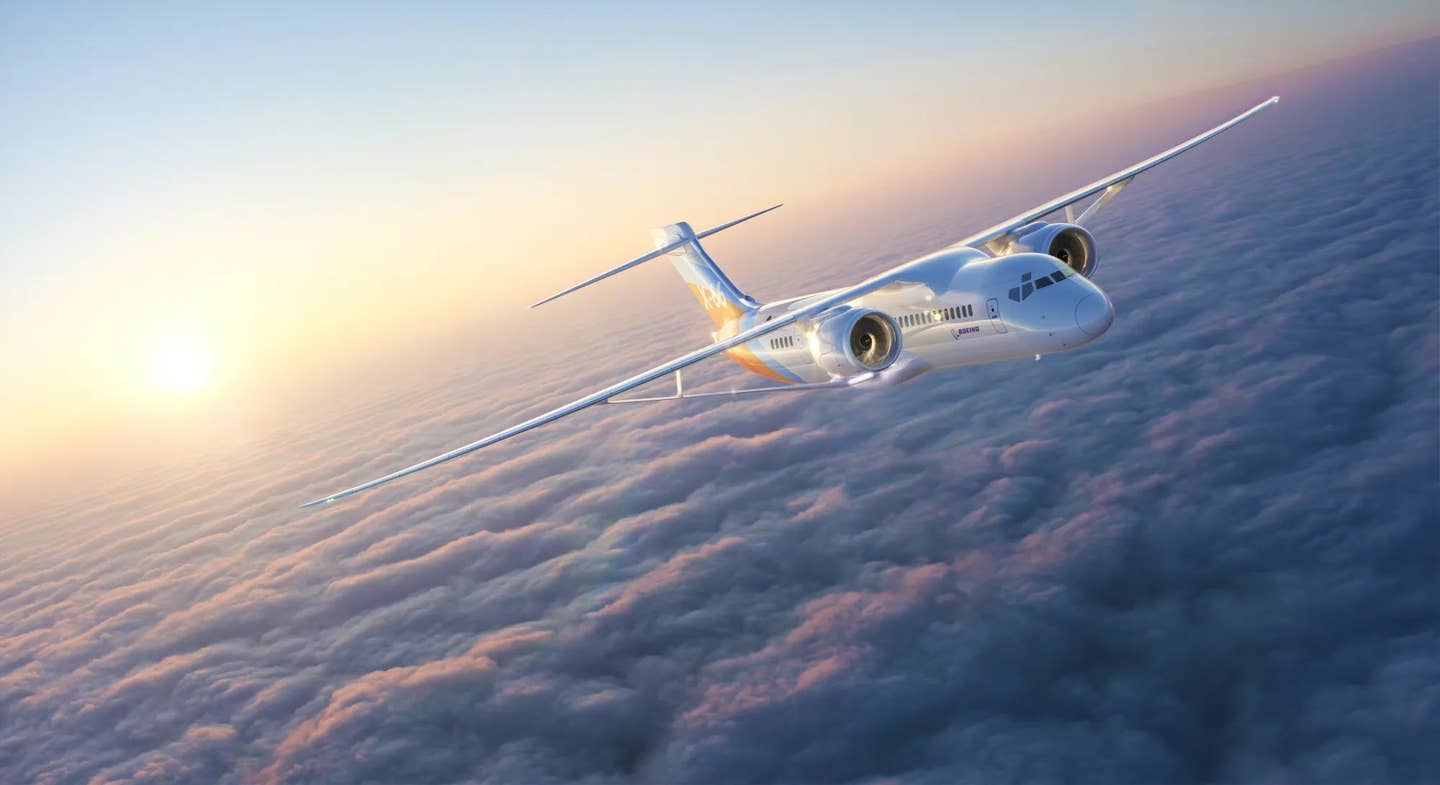Airbus, More European Aviation Firms Explore Hydrogen Future
Airbus and several partners are studying hydrogen infrastructure at airports, while Cranfield Aerospace Solutions and LoganAir aim to launch hydrogen-electric flights by 2027.
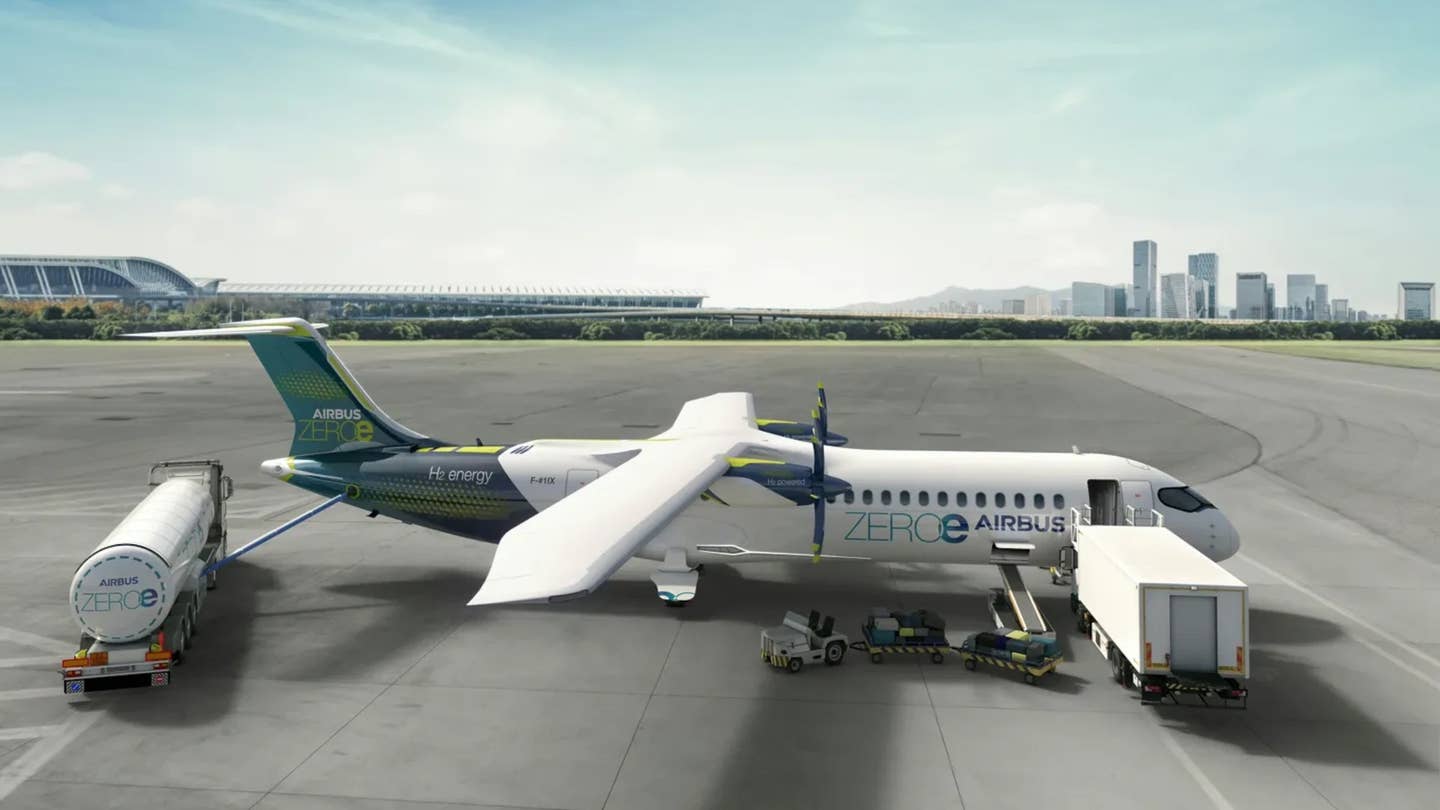
Airbus’ ZEROe turboprop is one of several hydrogen-powered designs the manufacturer is developing. [Courtesy: Airbus]
The goal of net-zero carbon emissions in aviation by 2050 has been widely adopted by airlines, countries (including the U.S.), and global collectives such as the International Civil Aviation Organization (ICAO) and International Air Transport Association (IATA). But the industry won’t get there without action.
This week, European firms announced two collaborations intended to herald the transition from traditional jet fuel to alternative sources, such as hydrogen.
The first, between industry titan Airbus and four Scandinavian firms, aims to study the feasibility of hydrogen infrastructure at airports in Norway and Sweden. The companies claim the study—which covers two countries and more than 50 airports—is the first of its kind.
“Hydrogen stands out as a key enabler as we pioneer a sustainable aviation future,” said Guillaume Faury, CEO of Airbus. “Norway and Sweden are among the most demanding regions for aviation and have great potential for hydrogen production from renewable energy sources.”
Faury added that the company intends to deploy hydrogen ecosystems in “most suitable parts of the world.”
Separately, Cranfield Aerospace Solutions (CAeS), a U.K.-based hydrogen aircraft developer, signed a memorandum of understanding (MOU) with LoganAir, the U.K.’s largest regional airline, to fly hydrogen-electric aircraft between Scotland’s Orkney Islands by 2027. The partners believe the collaboration could deliver the world’s first commercial zero-emissions flights.
Airbus Forms a Hydrogen Herd
Airbus on Wednesday said it will work with Avinor and Swedavia, the flag carriers of Norway and Sweden, respectively, as well as Scandinavian Airlines (SAS), which serves the broader region. The companies will be joined by Vattenfall, a Swedish energy and power firm, which will support the partnership with electrical infrastructure and hydrogen production.
“We want to enable industry decarbonization,” said Anna Borg, president and CEO of Vattenfall. “Aviation is a hard-to-abate industry, where breaking away from fossil fuels is a huge challenge today. This cross-border collaboration however demonstrates the willingness to bring about change.”
According to Airport Carbon Accreditation, airport-controlled activities comprise around 2 to 3 percent of all aviation emissions. To reduce that figure, airports will need to move away from traditional aviation fuel and toward sustainable aviation fuel (SAF) and other renewable alternatives, such as hydrogen.
“If generated from renewable energy through electrolysis, hydrogen emits no CO2 [carbon dioxide] emissions, thereby enabling renewable energy to potentially power large aircraft over long distances but without the undesirable by-product of CO2 emissions,” Airbus claims on its website.
Airbus and its partners will study hydrogen aircraft concepts and operations, infrastructure, and refueling at airports to develop a hydrogen ecosystem in Norway and Sweden. The study will also identify which airports are candidates for early transformations and which regulatory frameworks will need to be in place.
“Hydrogen is expected to gradually become an increasing part of the aviation industry's fuel mix in the future and will therefore have an increasing effect on the infrastructure and planning of our airports,” said Jonas Abrahamsson, president and CEO of Swedavia. “This partnership is a major and important step towards fossil-free aviation in the Nordic region.”
Airbus sees potential for hydrogen to be combusted into fuel to power modified gas turbines or converted to electric power via fuel cells. It could even be used to create synthetic fuels, or e-fuels, which are generated exclusively using renewable sources.
The manufacturer’s goal is to bring a low-carbon commercial aircraft to market by 2035. In 2020, it launched ZEROe: a program to develop aircraft, systems, and an ecosystem for hydrogen aviation. All four aircraft concepts being developed under ZEROe—a turbofan, turboprop, blended-wing body, and fully electric model—are hydrogen powered and designed for 100 to 200 passengers.
Last week, Airbus tested ZEROe’s “iron pod” hydrogen power system, a key milestone in the program’s progress. And in December, the EcoPulse demonstrator, a joint project between Airbus, Daher, and Safran, made its first hybrid-electric flight.
To build out an ecosystem, Airbus in 2020 introduced “Hydrogen Hub at Airports,” a program that initiated research into infrastructure requirements for low-carbon airport operations. The initiative brings together key industry players and includes airports, airlines, and other partners in France, Germany, Italy, Japan, New Zealand, Norway, Singapore, South Korea, Sweden, and the U.K.
Electrifying the Islander
As Airbus and Co. collaborate on hydrogen infrastructure, CAeS and LoganAir are eyeing real-world flights.
LoganAir, which aims to be net-zero by 2040, hopes to fly the first operational hydrogen-electric Islander in the Orkney Islands by 2027, following certification in 2026. The Islander is one of the best-selling commercial airliners in Europe, used primarily for short-range commercial passenger service.
“The short-haul routes we operate in Orkney and the challenging weather conditions we face make the ideal test bed for hydrogen-electric aircraft, and we are incredibly proud that we could be offering the world’s first commercial zero-emissions flights,” said Peter Simpson, executive chairman of Loganair.
LoganAir is a longtime supporter of CAeS’ Project Fresson: an initiative, partially funded by the U.K. government, to develop hydrogen fuel cell propulsion systems for the more than 700 Islanders in operation, supported by Britten-Norman.
This week’s MOU, however, steps up the firms’ collaboration with additional operational requirements and design, standards and regulations, infrastructure development, and stakeholder engagement.
A proposed merger between CAeS and Britten-Norman, announced last year, would form a new company dedicated almost entirely to installing CAeS fuel cells on Islanders. But the firms have since put a pause on the deal.
“Collaborating closely with Loganair, we aim to harness our combined experience and expertise to address the operational and infrastructure considerations, ultimately ensuring the successful deployment of the hydrogen-electric Britten-Norman Islander across Loganair’s lifeline routes within the islands,” said Paul Hutton, CEO of Cranfield Aerospace.
Separately, CAeS is continuing to develop hydrogen fuel cells for a range of crewed and uncrewed aircraft, including cargo aircraft. In October, its fuel cell system order pipeline topped 1,300 with a letter of intent from cargo drone operator Dronamics.
Like this story? We think you'll also like the Future of FLYING newsletter sent every Thursday afternoon. Sign up now.

Sign-up for newsletters & special offers!
Get the latest FLYING stories & special offers delivered directly to your inbox

